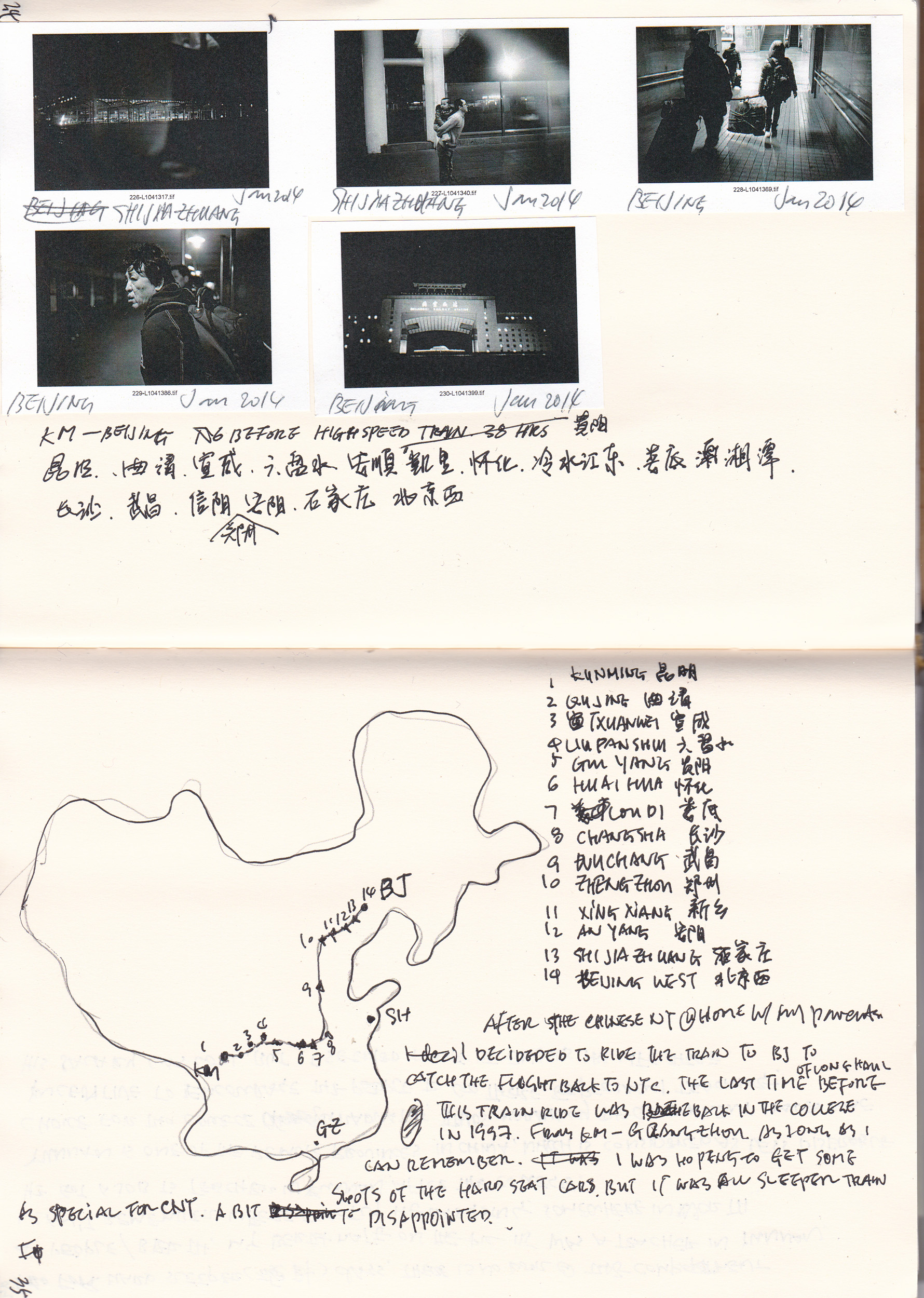Process
How did this archive come to be?
In 2000, I moved from China to the United States to pursue a graduate degree. Upon completing my degree, I began to work as an architect in New York and Washington, DC. Between 2000 and 2008, I visited China once and the trip lasted only a week. In 2008, I left the office job as an architect to pursue photography. I was eager to go back home to see what I had missed.
Photography has always been my entry point into unknown territories. The act of taking photographs is how I understood society. The process, I believe, explores not just the subject but also the context it’s placed in. And context is vital to learning about the subject.
The breathtaking changes that were happening in China fascinated me. After my first trip, it became clear that, to understand China, I had to go beyond singular images. The project would heavily depend on my time. I had to visit the places and the same people multiple times over the next few years. Only then will I be able to observe the changes, obtain information, and understand the subject and its context in-depth.
Images of the process of the project
Besides technicalities, it was personal. So from 2008-9 onwards, I regularly traveled to China and each trip was so different and unique from the other. I became increasingly aware of the passage of time in between my visits and my inability to keep pace with the rapid changes that were taking place in the country. The fast-paced, ever-evolving nature of China left me with conflicted feelings and a gnawing sense of urgency. I began to look at my previous photographs, connecting them with the present and trying to find new perspectives. At one point, it became an obsession.
While the images in the archive capture the reality of China, they also represent the fragmentary nature of memory. Organizing these photographs for me was beyond just sorting through all my work. I had to establish continuity between disjointed experiences. The process of collecting and organizing these images was as important as the images themselves. The act of memorialization opened up a new line of inquiry. I hope each component of a photograph, at various times and places, adds up to a coherent narrative of China as a whole.
– Hai Zhang








